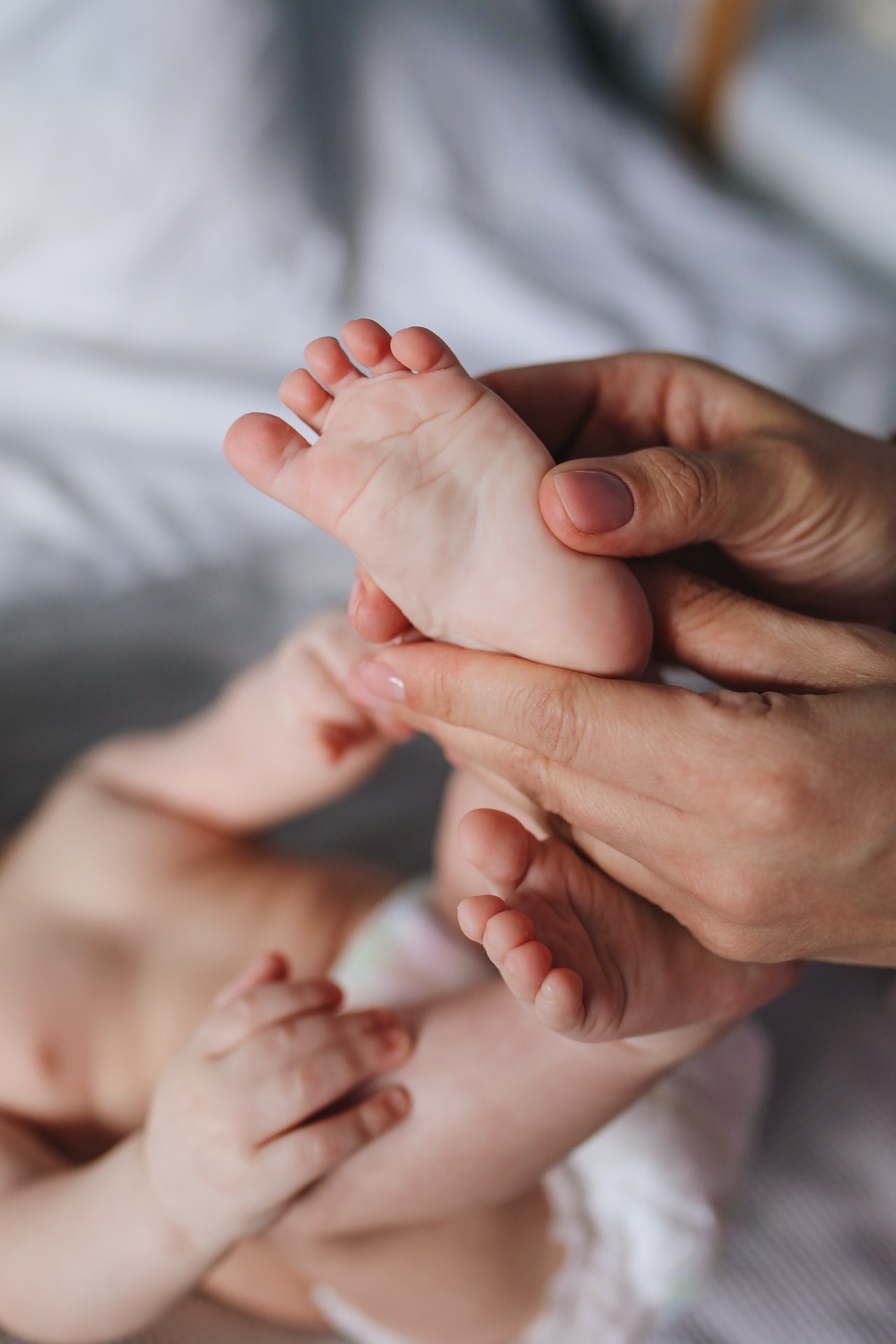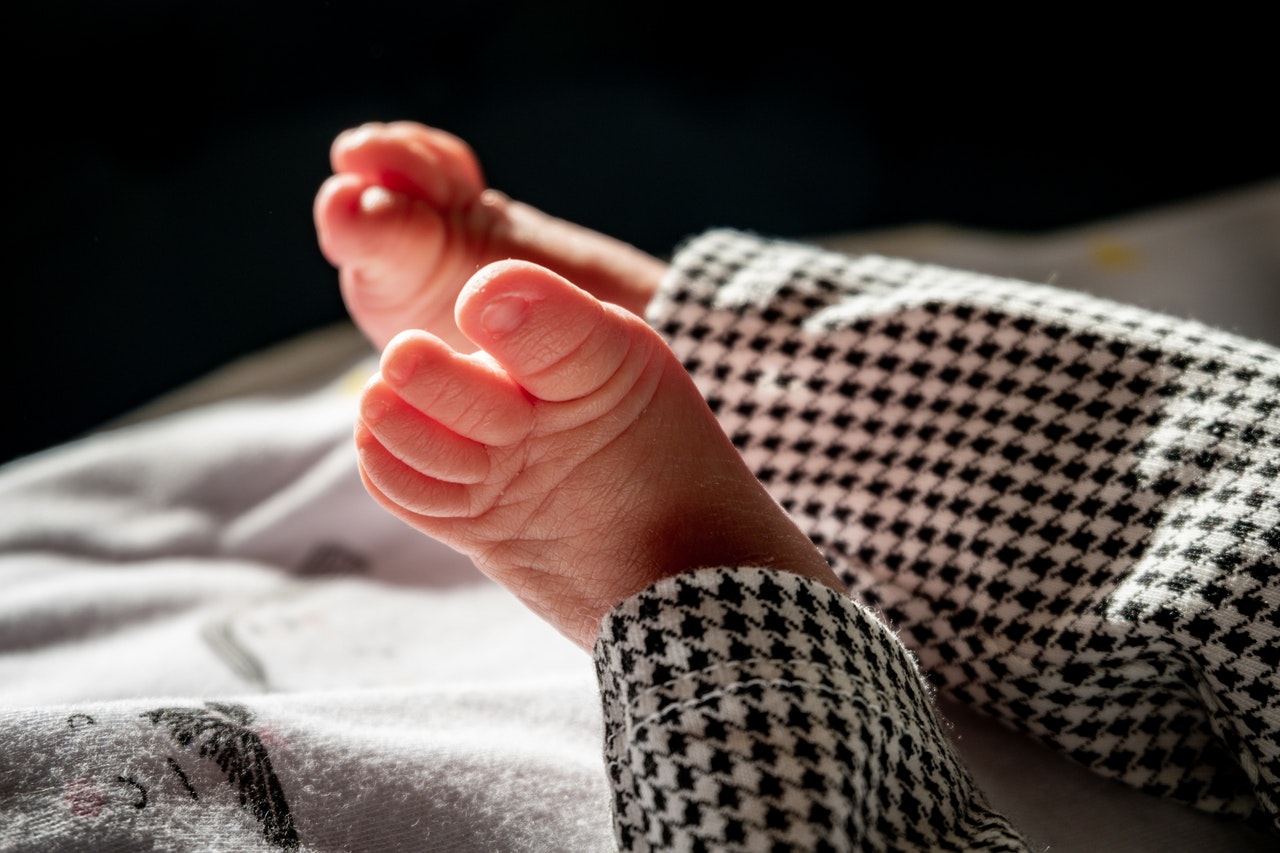CTEV
Congenital Talipes Equino-Varus (CTEV)
Clubfoot is a congenital condition, in which the foot or feet of the baby are turned inward and downwards. It will not go away on its own and always requires early treatment. With appropriate and early treatment children will usually experience good results. The most common clubfoot treatment includes the Ponseti method, a nonsurgical treatment to move the foot to the right position followed by an extended period of bracing.
Clubfoot happens because of a problem with the tendons, the tissues that connect muscle to bone. The tendons in the baby’s leg and foot are shorter and tighter than they should be. That causes the foot to twist.
Boys are up to twice as likely to develop clubfoot as girls are. Having a family history of clubfoot also puts the baby at higher risk.
Babies are also at higher risk if they have:
- Another birth defect, such as spina bifida or cerebral palsy
- A genetic condition, such as Trisomy 18 (Edward syndrome)
A clubfoot that is not fully corrected can lead to:
- Walking problems. Babies with clubfoot often walk in unusual ways. Typically, people walk on the bottoms and soles of their feet. A baby with clubfoot may walk on the sides and tops of the feet
- Foot problems, including calluses. A callus is a thick layer of skin that often develops on the sole of the foot.
- Arthritis, a joint condition that causes pain, stiffness and swelling
Extensive surgery used to be the main treatment to correct clubfoot. But today healthcare providers typically use a combination of nonsurgical methods and a minor procedure.






Bracing for CTEV
Bracing for CTEV has recently been predominantly by two methods: –
Markell shoes and DB Bar
The old-fashionedMarkell shoes and Dennis Browne bars were developed in the 1950’s and yet is still the most commonly prescribed bracing option for CTEV. They are inexpensive and abundantly available. However, this bracing methodcan result in heel sore issues or problems with the feet constantly pulling out of the shoes.
Mitchell shoes and Ponsetti Bar
A vast improvement on bracing treatment is the Mitchell shoes and bar. This bracing method results in significantly less problems with heel sore issues or feet pulling out. However, this is a bulkierbracing option and a little on the heavy side. It is also a significantly more expensive solution.
The Bow Brace for CTEV
soon there will be a third option. Coming Soon…